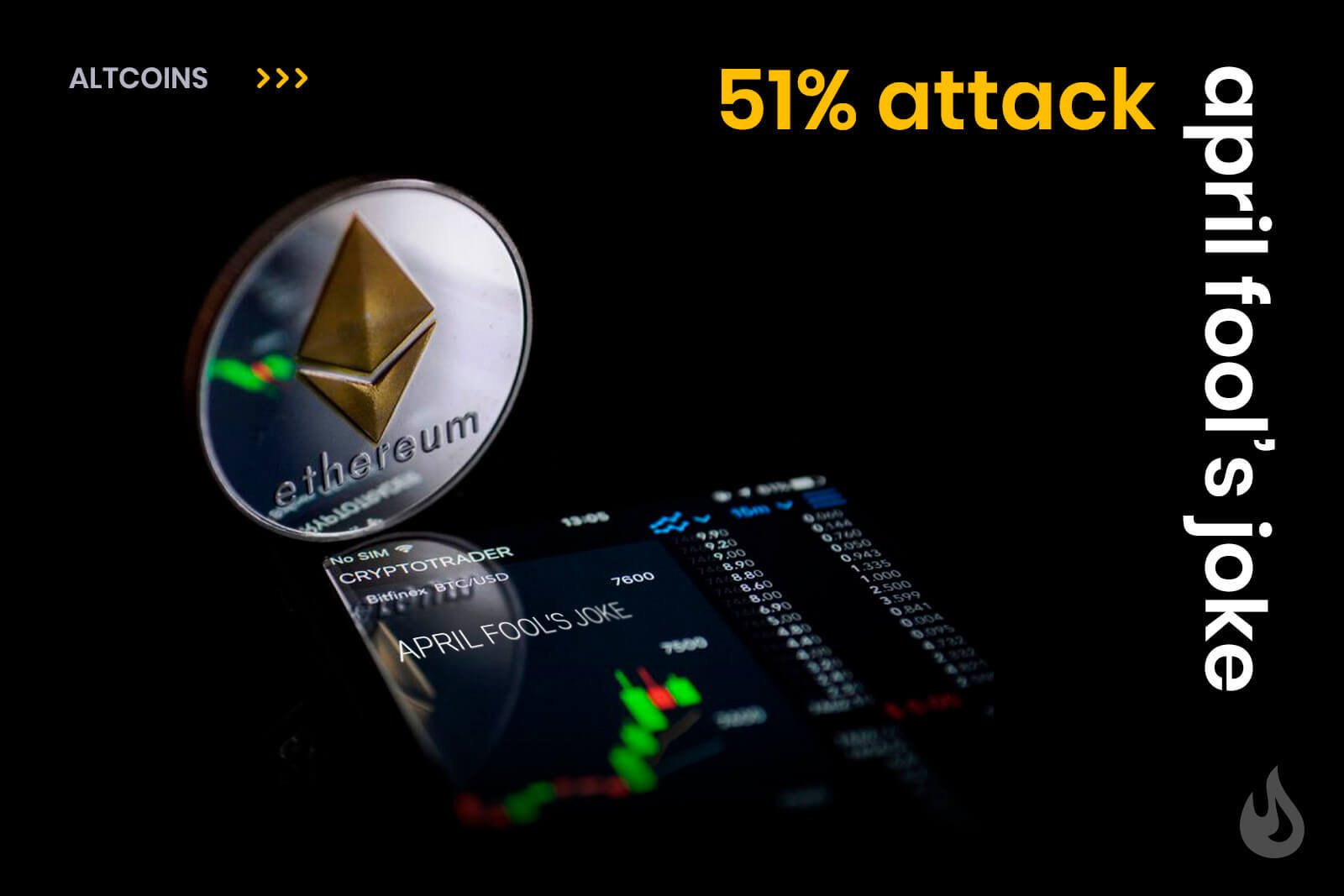
The high fees on the Ethereum platform, which miners currently approve to process transactions faster, are about to change with the release of the EIP-1559 protocol during the London update. The change comes as the Ethereum Foundation is preparing for Ethereum 2.0, which will change the consensus protocol from Proof-of-Work to Proof-of-Stake.
Ethereum miners rebelled against the proposed update as it will significantly decrease miner fees. In essence, EIP-1559 will implement a standard fee for miners, which miners will no longer be able to set. On March 7, Red Panda Mining proposed a shift of hash power toward a single mining pool, Ethermine, to mimic a 51% attack on the network for “educational purposes.”
Are Ethereum Miners Giving Up?
36 hours into the “51% attack,” Ethermine accounted for only 20.7% of the network hashrate. According to Colin Wu, a blockchain researcher, the total hashrate of Ethermine increased by 4% to about 20.5% on April 7, compared to before April 1. While some consider the 51% attack an April Fool’s joke, the mining community’s view on EIP-1559 is still divided.
Sponsored
To combat the decrease in mining fees, Ethermine adjusted their MEV to increase miners’ revenue. That said, miners will receive 80% of the MEV alongside block rewards. Still, Ethermine didn’t account for the desired increase in hash power.
The dispute between miners regarding Ethereum’s upcoming updates has been ongoing in the past couple of months. Research among Chinese Ethereum miners has shown they are not willing to participate in the “show of force” as it could damage the blockchain’s credibility. Ethereum miners are also ETH holders, and it’s in their best interests not to damage the project’s credibility with an impulsive move.
Ethereum also proposed the implementation of EIP-3668, which increases block reward to three ETH. However, rewards will decrease by 0.25 every quarter for the next two years. BitsBeTrippin host Michael Carter Sr. mentioned the 51% attack was a way to spotlight the issues at hand regarding the update. He concluded that the media spun the news in their favor and disregarded the miners’ true intentions.
Sponsored
Miners also hold and sell ETH. It’s in their best interests to make the blockchain secure and not lose value for their coins. The London update will constitute a buyback mechanism where miners’ fees are bought by Ethereum and then burned, creating higher demand and decreasing the total supply. Along with the Proof-of-Stake protocol, which will be part of Ethereum 2.0, ETH will become a deflationary asset that will amend existing issues of scalability on the network.
On the Flipside
- Ethereum gained much-needed attention in the past couple of weeks, and that was reflected in the price increase as it reached a new all-time high of $2,150.
- Proof-of-Stake will make miners more likely to hold ETH to generate more revenue from validating transactions.
- The “show of force” was nothing but a PR tactic from miners, which didn’t amount to an actual attack.
Ethereum 2.0 On The Horizon
A pool conducted by Justin Drake, a lead researcher at the Ethereum Foundation, discovered that, despite the protests and arguments against Ethereum’s consensus switch, users are stating their approval. 86% of respondents favored fast-tracking Ethereum 2.0 into 2021.
The initial roadmap of sharding was long overdue, and according to Justin Drake, the process of migrating to Proof-Of-Stake might be coming to Ethereum in 2021. He stated that the shift to Proof-of-Stake could be in 2021.
The new Ethereum 2.0 will utilize validators to validate transactions on the network. A validator has to lock 32 ETH in their wallet to participate and be rewarded. Miners’ efforts will become futile in the long run as ETH holders will begin staking and generating higher revenue while decreasing costs. At the time of writing, there are over 3.75 million ETH staked on the network by holders wishing to become validators.
In essence, miners hold Ethereum, and they still want to generate revenue either through mining or staking. As highlighted by Justin Drake, the upcoming update will create an “economic innovation” with its coin burning system set into place. Miners have already acknowledged the potential for a price increase as the total supply of ETH will continue to decrease. Founder Vitalik Buterin aims to make Ethereum a store of value, similar to Bitcoin, but with better use cases through its smart contract functions.
